Whilst looking after such a large group of case bunnies (see blog posts 1 and 2!) we made lots of discoveries that have helped our understanding of rabbits overall. What was particularly interesting about caring for 27 animals over such a long period of time is how differently they developed in terms of:
- Emotional needs
- Temperament
- Confidence levels
- Enrichment preferences
- Level of interest in human interaction
The 27 comprised of two groups:
- 6 adult does (females) with a group of 14 babies around 2 to 3 weeks old group housed until the hormones of puberty affected arrangements!
- 1 heavily pregnant doe who gave birth to 6 bubs (the day after arriving), again housed together until puberty hit.

Whilst in our care we provided them with:
- Positive early-life experiences
- Human interaction on their terms
- Suitable housing and space
- Plentiful resources (including food, litter trays, hidey holes, enrichment)
- Consistent care routine
With all this in mind you would think with such a positive start to early life, raised in our ‘safe’ environment, we would create well-rounded, happy furry folk. What emerged, over time, was such a diversity of temperaments and personalities. It highlighted to me the significance that varying influences can have on the future characteristics of an individual. For example:
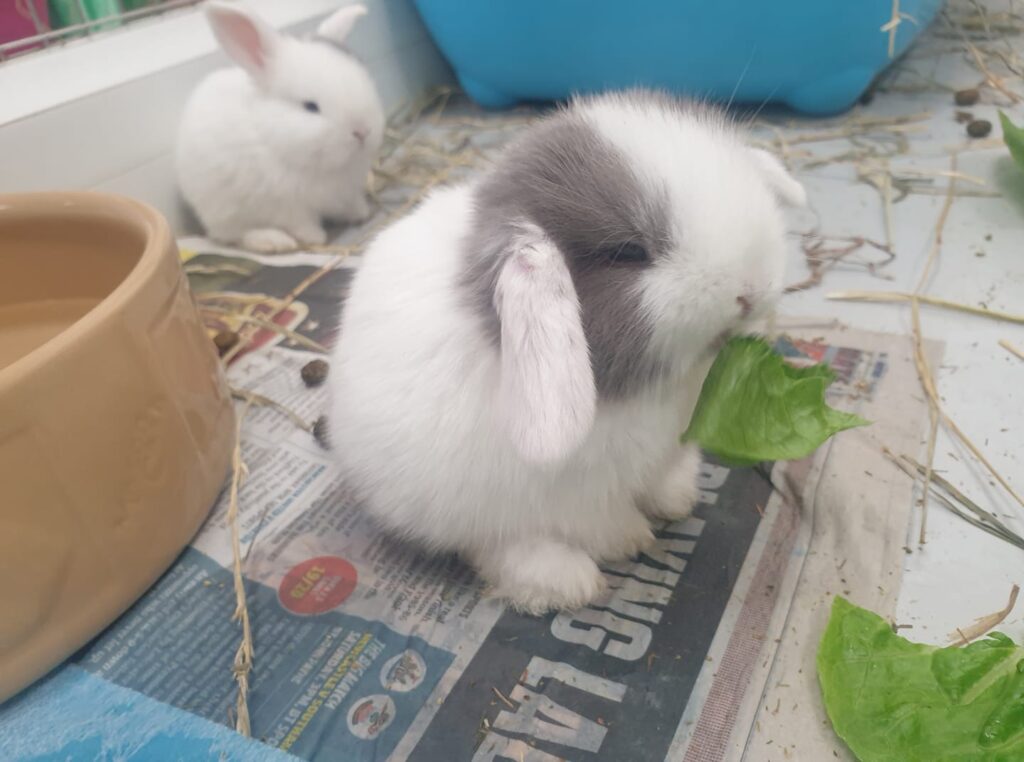
- Prenatal stress – whilst stress hormones play a vital role in survival, if a pregnant animal is living under constant strain and duress the level of stress hormones will be raised and sustained for a longer period. This can have a negative impact on both the doe and the unborn kittens (baby rabbits), and can affect the temperament of the kittens in later life.
- Parental life experiences/genetics can influence both the adult’s temperament and that of their offspring. If mum and/or dad are timid in nature it is likely that their kittens will be too. Whether the distinction between ‘learnt’ behaviour and genetic inheritance of traits can ever be separated appears impossible to determine, but what is clear is regardless of how much optimising of early life experiences and positive ‘nurturing’ you offer, you cannot fully compensate for a genetic disposition.
- Kitten early life experiences – we have to consider how the group housing of the mothers and babies may have impacted on each. We felt we had no choice but to do this because we could not identify the family groupings, so it was either this or hand rearing 14 baby rabbits. Despite ample provision of resources, we saw early on that some of the bunnies were more inclined to hang back rather than come forward for attention, food and explore whatever we were doing. Of course we always made sure each got their share of food and attention and after a while it was the quieter ones that received preferential treatment!
- Social groups – as time went by we began to see clear social groups emerge amongst the adults and the youngsters. At this point it would have been ideal to have separated them to live in these social groups, but we had no capacity at the centre and neither did the larger RSPCA network. Thankfully the owner had given us permission to neuter the animals (at our cost) and we prioritised separating pubescent males so we could avoid fighting and injuries.
- Housing arrangements – as the babies matured and tensions emerged the National RSPCA case inspector managed to find space for quite a few in private boarding. By this point we had no choice but move some of the rabbits into private boarding because we could not operate the rehoming side of our operations if we filled all of our pens with case animals. It was a difficult decision, but it was made on the agreement that they would come back to us once the case was concluded. We visited the rabbits regularly but it was bitter sweet. We saw how some had become more introverted and less confident around people due to not receiving the level of interaction that an animal centre has the ability (and time) to provide.
Of course there are other factors that may also have had an influence on the babies’ overall wellbeing, such as:
- Diet/nutrition received by the parents
- Parents fitness to reproduce e.g. age, health status, date of last litter
- Whether there was ‘in-breeding’
The difficulty is we will never know which elements have the greatest influence on an individual, we can only surmise and do the best we can to mitigate negative effects. To this day I remain regretful that we had to move so many of the case bunnies out of the centre (we held on to the ones we felt were most vulnerable both emotionally and physically). The decision was taken so we could continue to help other, non-case rabbits in need that had been rescued by RSPCA inspectors so they had somewhere to go. It may have been the right decision from a ‘bigger picture’ perspective, but not necessarily for all those individuals.
Despite the case concluding in May 2022, we still have a number of these precious souls waiting for homes. This is in part due to their timid natures but also the emergence of a nationwide pet relinquishment crisis, particularly with rabbits. They will likely be with us for some time to come but hopefully, after everything we have learnt, we are better placed to care for long-stay animals now.
The following rabbits which came from this large case are now available for adoption, see their full write ups on our website.
Harriet and Meredith
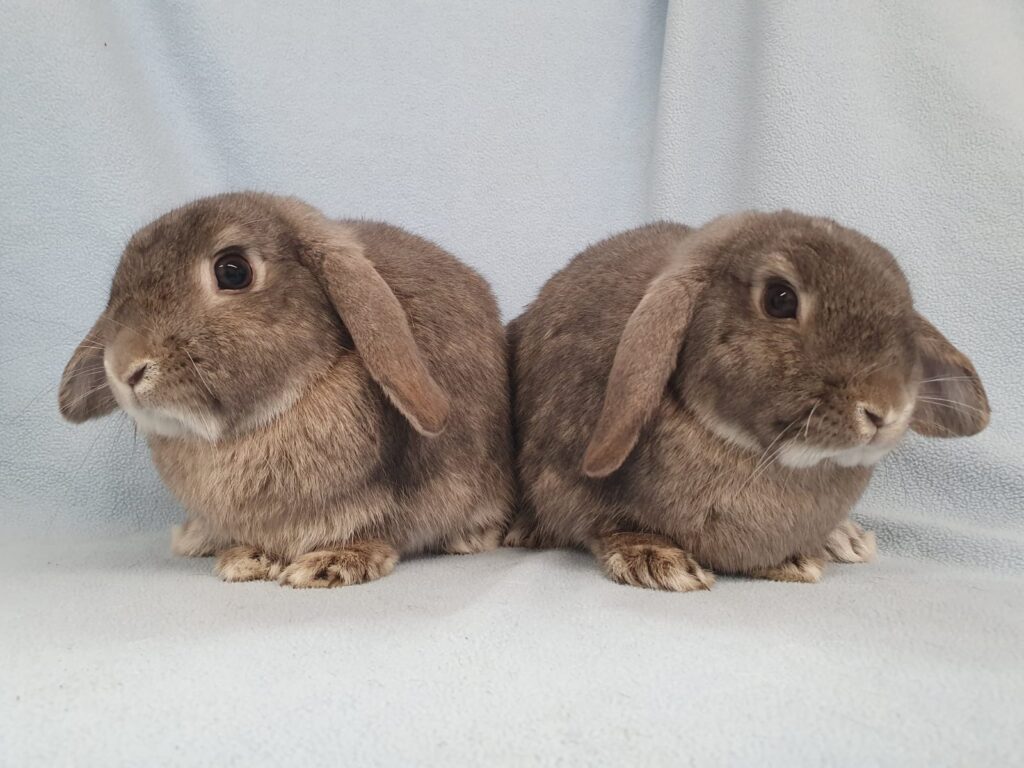
Wilbur
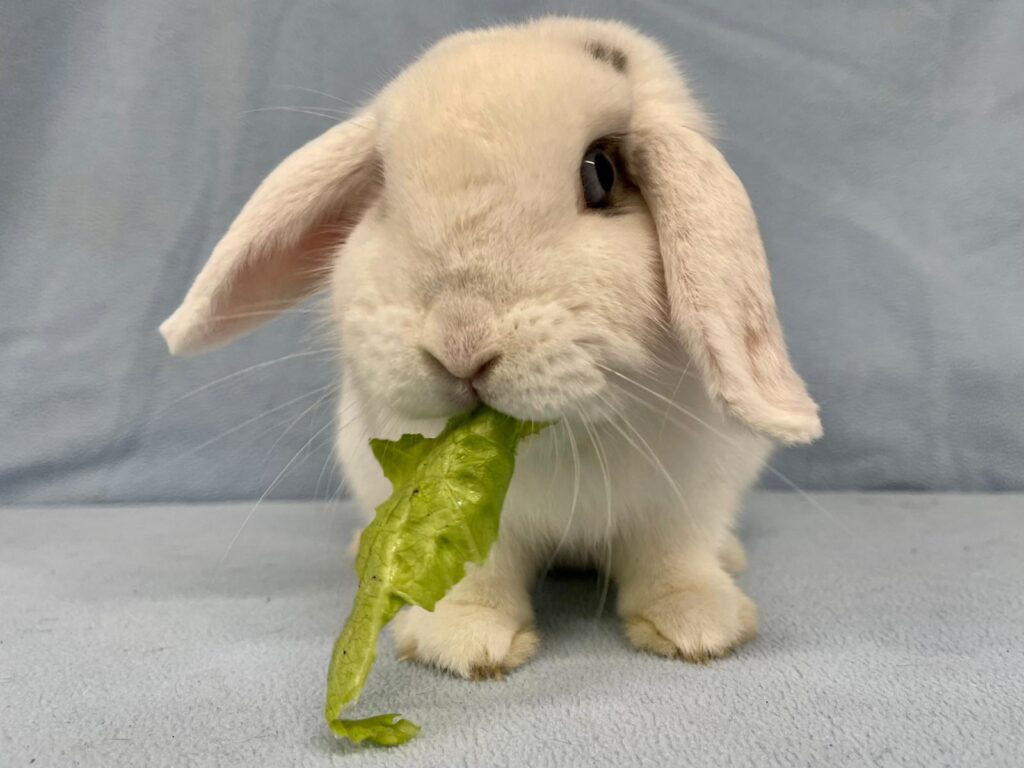
Dougal

Max

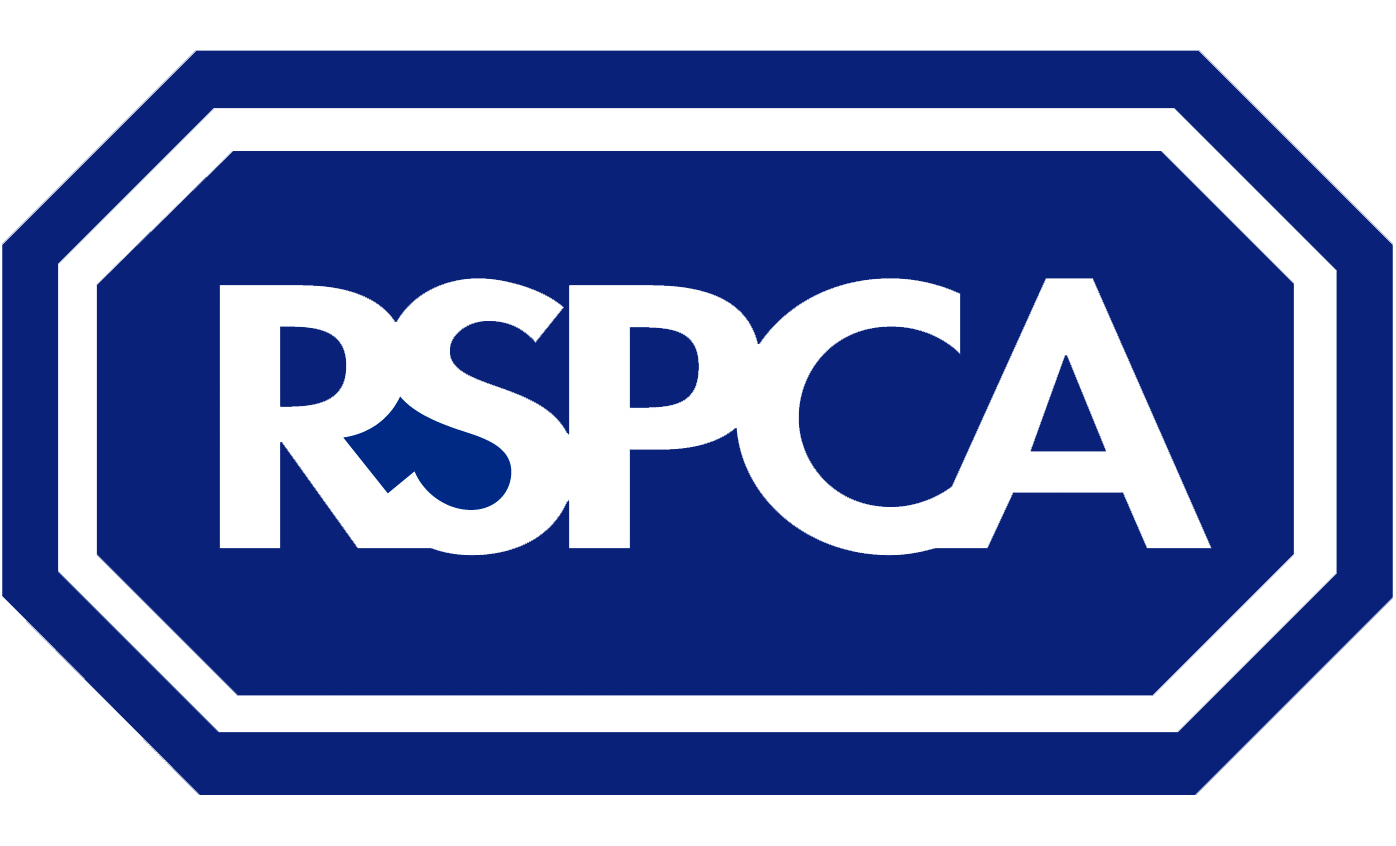
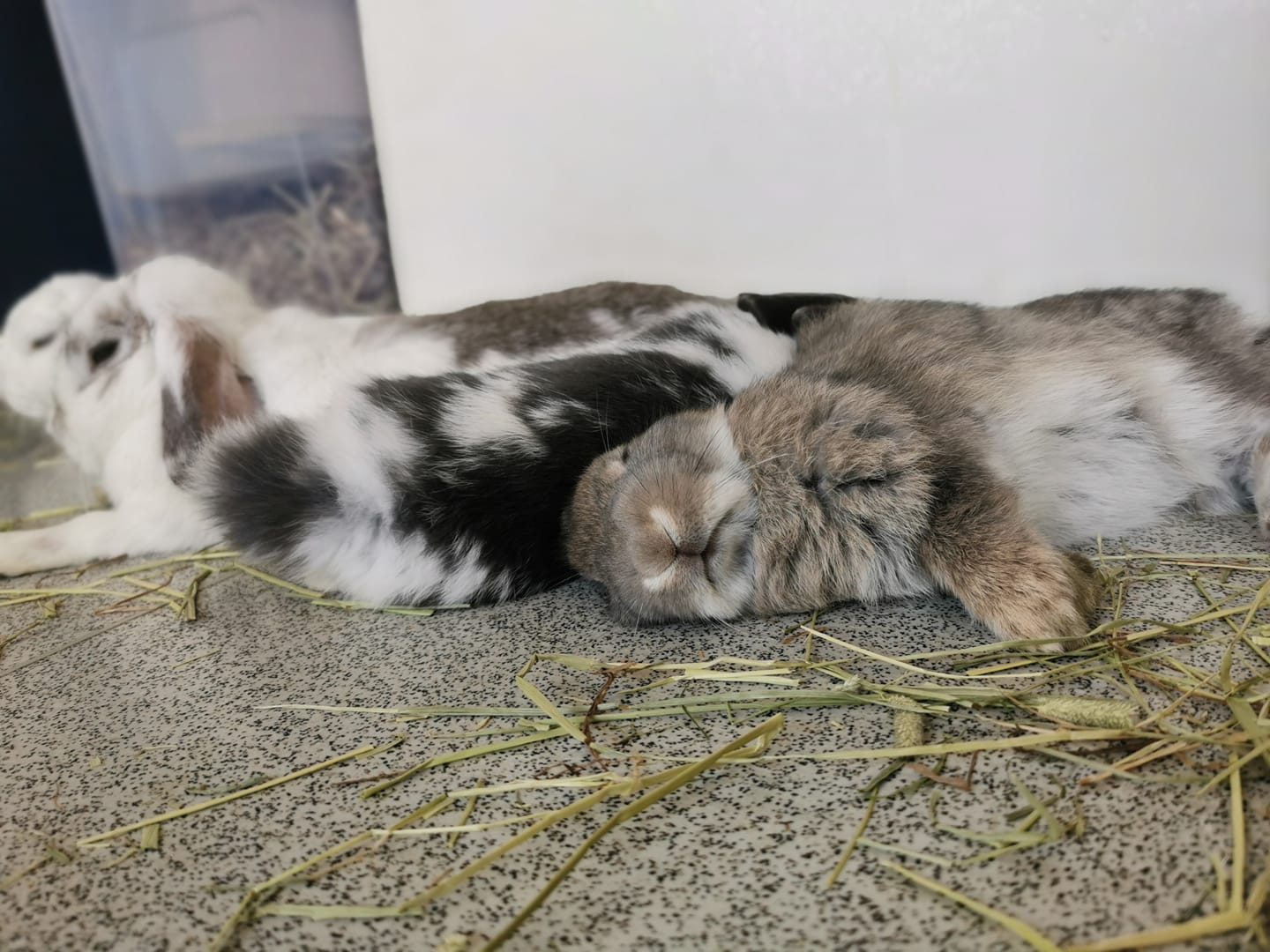

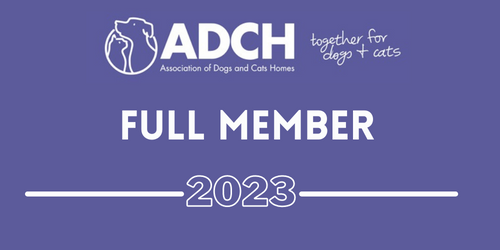
Comments are closed